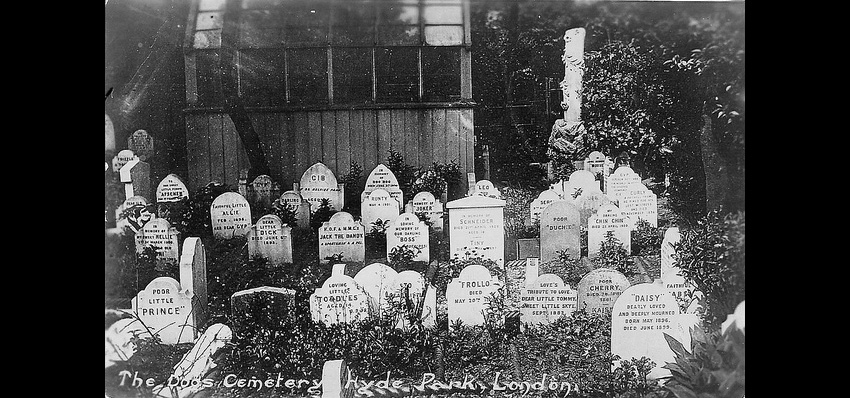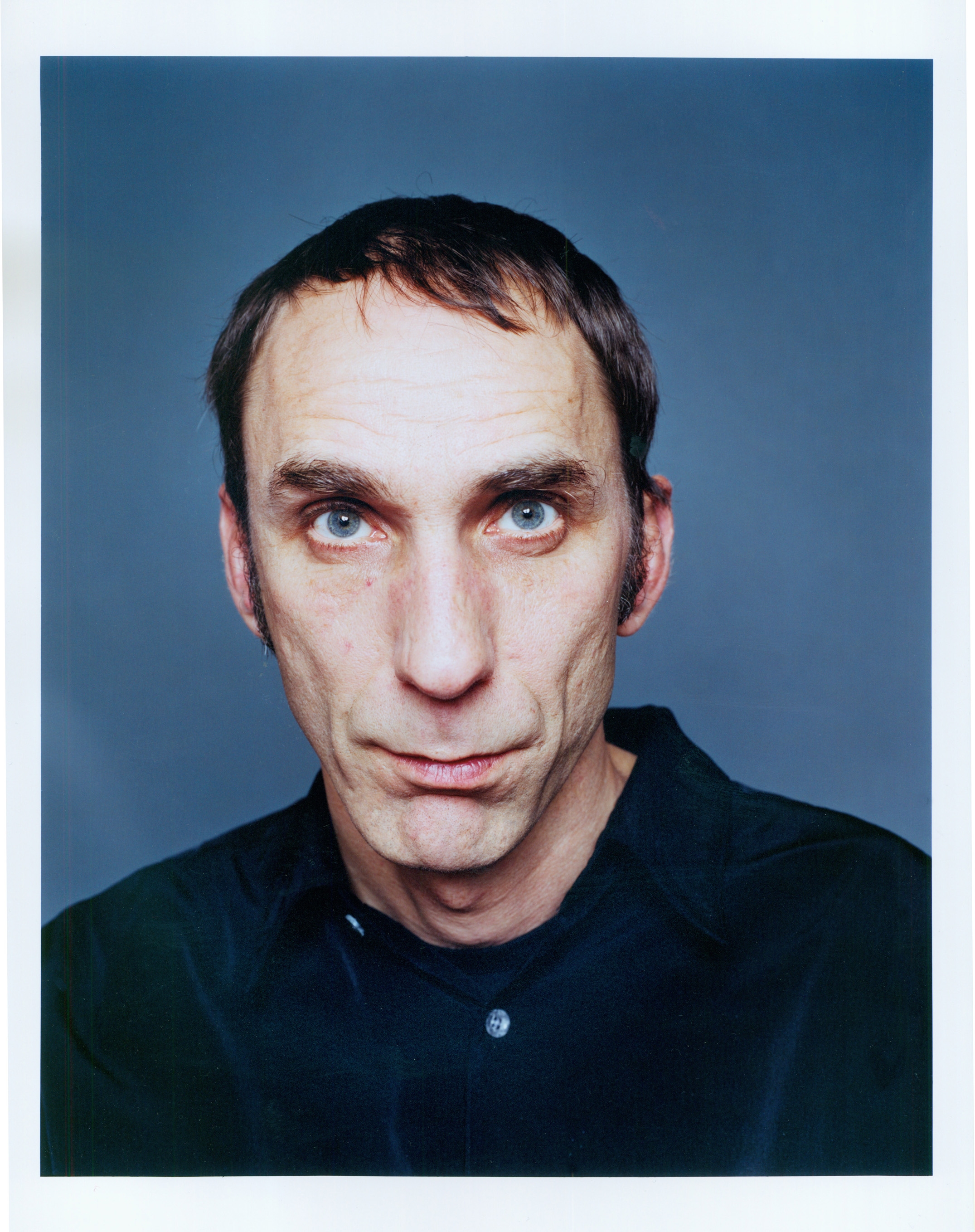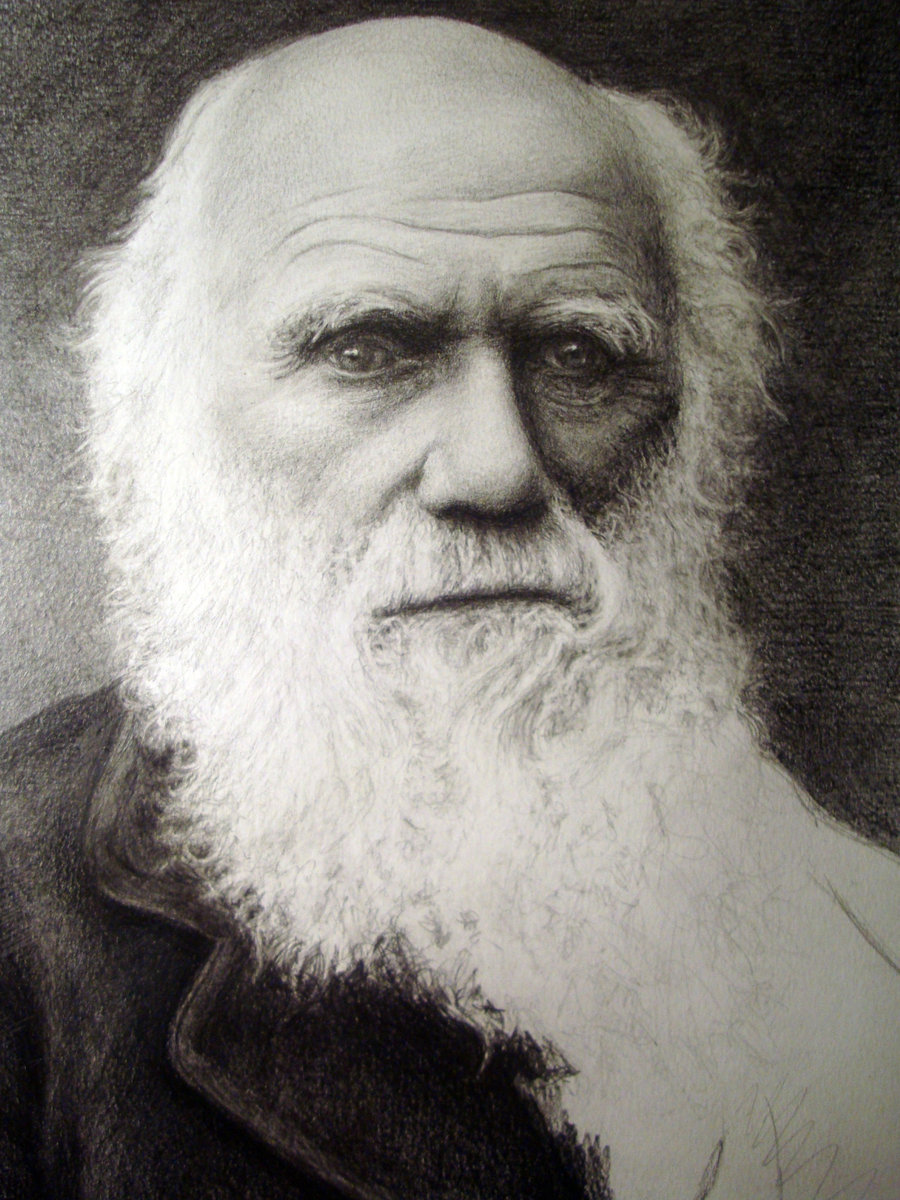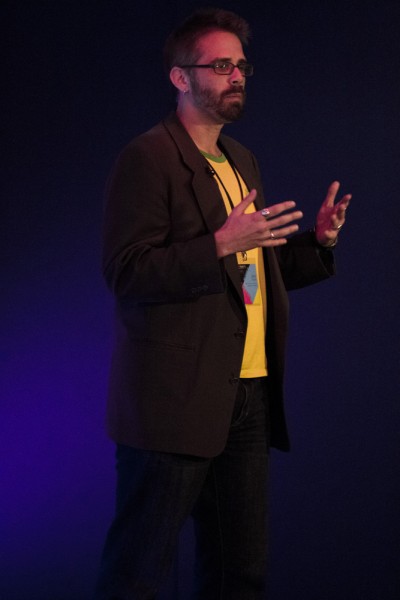Packing Protection or Packing Suicide Risk?
Shankar Vedantam, Washington Post (July 07, 2008)
Anatomy of a Murder-Suicide
Andrew Solomon, New York Times (December 22, 2012)
Where to begin? I’ve been asking myself this question all week as I watched the Newtown, CT, news coverage. The Death Reference Desk hasn’t really covered other mass shootings, and, in fact, our posts directly related to guns number two. The first story involved a funeral director trying to stop gun violence with a billboard. The second post, something I wrote, discussed a new company offering to fill gun ammunition with a person’s created remains. I was surprised, actually, that Meg, Kim, and I hadn’t written about guns and death more often, but so it goes.
The entire Newtown shooting reminded me, yet again, of a 2008 Washington Post article by Shankar Vedantam regarding the correlation between liberalized gun laws and increases in successful suicides by gunshot. Vendatam’s article (posted above) does an excellent job explaining this phenomena and how it has been tracked for several years.
But I couldn’t quite bring everything together: increasingly loose gun laws, mass shootings, and individual suicides. Then today, Sunday, Andrew Solomon penned a salient and cogent op/ed for the New York Times. His entire article is worth reading but it was this section towards the end that caught my eye:
The United States is the only country in the world where the primary means of suicide is guns. In 2010, 19,392 Americans killed themselves with guns. That’s twice the number of people murdered by guns that year. Historically, the states with the weakest gun-control laws have had substantially higher suicide rates than those with the strongest laws. Someone who has to look for a gun often has time to think better of using it, while someone who can grab one in a moment of passion does not.
We need to offer children better mental health screenings and to understand that mental health service works best not on a vaccine model, in which a single dramatic intervention eliminates a problem forever, but on a dental model, in which constant care is required to prevent decay. Only by understanding why Adam Lanza wished to die can we understand why he killed. We would be well advised to look past the evil against others that most horrifies us and focus on the pathos that engendered it.
It is worth noting that Andrew Solomon recently wrote a book called Far From the Tree: Parents, Children and the Search for Identity that examines children (and young adults) who commit violent acts. You can listen to him discuss the book here.
Yet, these thoughts on the Newtown murders and Adam Lanza’s own suicide (after killing 20 children and 6 adults) still feel incomplete since human language seems inadequate given the event’s severity. For me, the most compelling stories emerged in unlikely places. With the Honan Funeral Home in Newtown, for example, the only funeral home in the town and where most of the funerals took place. And in a series of articles in Slate that took different angles on the school shooting and gun violence in America:
Since 1980, 302 People Have Been Killed in School Shootings: An interactive chart of every school shooting and its death toll
In the Wake of the Newtown Shooting, Should We Fear a Wave of Copycat Crimes?: “We Still Look at Ourselves as Survivors”: More Than Eighty Years Later, Remembering the Deadliest School Massacre in American History
We Have the Technology To Make Safer Guns: Too bad gunmakers don’t care
I have no idea what kinds of gun law changes the Newtown shootings might produce. It’s hard to say, and if previous mass shootings are any guide, not much will happen.
That said, I’m hopeful that the relationship between suicide and guns is given significantly more attention and care. I’m also hopeful that the Death Reference Desk doesn’t end up running a whole series of gun death posts– but the odds don’t look good at this very moment.
Gun Show photo by M Glasgow on Flickr









